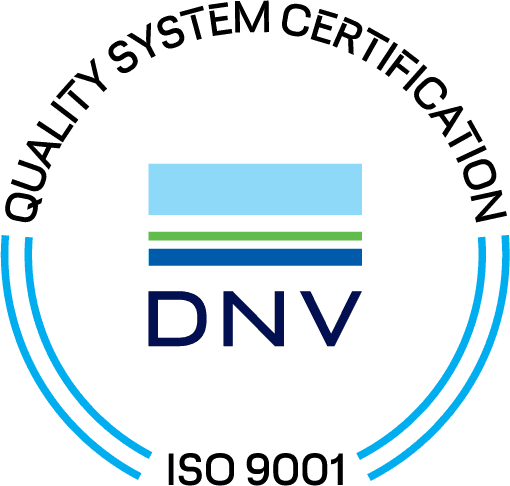ADC was tasked by a Client to carry out rig selection surveys on three “warm stacked” Dynamically Positioned (DP), DP3 Class Drillships that had been shortlisted by the Client. ADC was to produce a survey report for each rig and, following completion of the surveys, deliver a summary report comparing the audit findings from each rig. This purpose of the comparison report was to enable the Operator to select the rig best aligned with their Operational, Safety and Environmental requirements.
The 3 shortlisted Drillships were warm stacked in various locations globally which presented a logistical problem due to the short timescale available to conduct the surveys.
On review of the rig specifications, they all appeared to be very similar in capability; 6th or 7th Generation Drillships, Ultra Deep Water, DP3, dual activity derrick, automated drillfloor.
Therefore, in order to provide a clear indication of which rig was best suited, ADC required an in depth understanding of the client’s specific requirements.
ADC considered that greater clarity of client requirements was needed. Utilising experience from similar previous exercises, ADC produced a suggested list of criteria and requested the client to specify a capability or requirement next to the criteria and specify whether this was essential or desirable.
Having then established a clear understanding of the client’s specific operational, safety and environmental requirements, robust inspection checklists were prepared to facilitate a consistent inspection evaluation. This in turn provided a platform for the practical comparison of the rigs following the rig selection survey visits.
Due to the short time frame in which the rig selection surveys were to be completed, ADC provided 2 teams of 3 Specialists to accompany Client representatives during the respective rig visits. Their remit was to assess the Rig Equipment, Integrated Control Systems and Health, Safety and Environmental aspects of the rig selection.
In order to consistently report on the specific requirements defined during the planning stage, both teams employed ADC’s reporting tool TRAMS. The standardised survey checklists had been prepared prior to mobilisation to each rig and significantly contributed to the consistent nature of the survey reports. The developing survey final reports were also reviewed by ADC Office Support in real time utilising TRAMSweb to ensure consistency and further enabled the prompt delivery of the summary reports.
The Client had shortlisted rigs which it considered would fulfill the requirements. However, whilst the specification looked virtually identical on paper, it was quickly recognised during the survey process that the rigs were significantly different in capability. When compared to the requirements, all of the rigs visited had strong points and weak points and a sample of capability findings is provided below.
All of the rigs were described as warm stacked but had different policies and procedures relating to the stacking process and planned maintenance during stacking. These were reviewed and varied between virtual cold stacking where there are greater risks associated with reactivation and lower risk hot stacked procedures where virtually all equipment was routinely operated.
Following the rig selection visits of the three rigs one rig in particular was found to largely comply with the requirements set out at the planning stage. In comparison the others were found to not meet the requirements in a number of areas.
Without inspecting the rig, driven purely on a cost basis and using a desktop analysis it would have been very easy for the client to be left with a rig which on paper, meets the requirements but in practice falls well short of the capabilities required.
Had the maintenance system during stacking not been reviewed, a potentially, “colder” stacked rig may have been selected. This has potential consequences regarding the condition of bearings which can fail a short time after reactivation and Variable Frequency Drives which can be problematic if not reactivated correctly.
Without doubt all of the non-conformances that were found could have been addressed by the drilling contractors. However, by identifying these early in the rig intake process the consideration of schedule and financial impacts from necessary remedial works could be measured and considered at the rig selection process.
Not all DP3, dual activity derrick Drillships are created equal.
They may all be able to do the job, but there will be different levels of capability, efficiency, competence and safety.
For ADC it was important to:
All of the rigs were all described as warm stacked but had very different policies and procedures relating to the stacking process and planned maintenance during stacking. The risks associated with reactivation varied widely between rigs and should be assessed based on the maintenance plan conducted.
Conduct of a thorough rig selection survey onboard provides a clear indication not just of the machinery but the management, the crew and the overall capability.
ADC’s rig selection methodology is sound and provided the client with factual information regarding rig capability, equipment condition, and maintenance and reactivation schedules.
ADC presented a balanced comparative study and identified where each rig was strong or weak with regard to their operational requirements and this assisted the client to make a factually based balanced decision regarding the best equipment, management and crew for the forthcoming drilling campaign.
E: Email ADC UK

